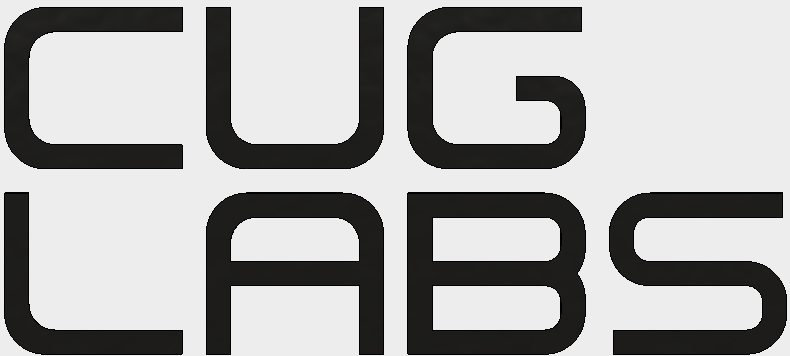Recently I competed in Tinkercad's Halloween Design competition and won one of the categories with my Dancing Skeleton.
Woot.
But something more than just a win came from this.
I was asked by a reader to show exacly how I used Tinkercad to model organic shapes.
He told me that his elementary students use Tinkercad and one particular student was having trouble modeling a lobster.
Want to See Something Modeled?

Enter your name, email, and a short description of what you'd like to see designed.
I personally respond to each request.
So first on the agenda was to show them how to make organic shapes. I do that at the beginning of the below video.
Second, I wanted to give his students an insight into what my design process looks like.
Where do I start?
How do I attack a complex model?
What's it look like when it's coming together?
You'll see all that in the below video:
Draw a Dog's Face
I want you to imagine a dog's face in your head. Could be a pug, poodle, pit bull, ANY dog.
Close your eyes and imagine that dog looking at you head on, like he's waiting for a pat on the head.
Now give him a pat on the head! What ARE you, a monster??
Now get out a pencil and paper and draw it.
It's hard.
Yes, you can see it in your mind's eye, but making the connection between that and the strokes of a pencil to produce an accurate image is very difficult for most people.
The same is true for 3D modeling. So it's helpful to look up some images for reference.
Reference images are your best friend when 3D modeling.
As you can see in the video above, I frequently reference images during my design process.
Model something.
Check the image.
Tweak the model.
Check the image.
Tweak some more.
Check the image.
Realize I'll never be 100% happy.
Move on to the next feature.
To 3d print, or not to 3d print...
Don't do it.
I want to point out that this was not designed with 3D printing in mind.
This was simply an exercise in modeling. The techniques I would use to produce a lobster, nothing more.
If I knew at the beginning of my design process that I was going to 3D print this, I would have approached it very differently.
Every decision I made would have started with, "Can I redesign this feature to print it support free?"
Or, "Will I need to print this piece separately? And if so, can I now get more radical in my design of that specific feature?"
So just don't do it
Or do it. Whatever, don't listen to me.
Sad Lobster
Am I happy with the way the lobster turned out?
No.
When I look at him I see potential. I see that he could be this magnificent, detailed, realistic creature and that he's not as great as his parents thought that he'd be.
I see little things like the unrealistic legs.
The simple tail.
The too-smooth features.
But this is one of the most important lessons I've learned about the creation process:
I could spend the time fixing all those imperfections I see. Imperfections that others probably don't see.
And the perfectionist in me is desperately crying out to do just that. But I know that it would take just as long to fix them, if not longer, as it took to get the model to where it is now.
So if I spent that time pursuing a new project and expanding my skills, the overall impact for you and for me will be greater.
So I let the lobster be.
You enjoy that? Want to know when I release other projects?
Enter your name and email below and you'll be the first to know when it happens.

